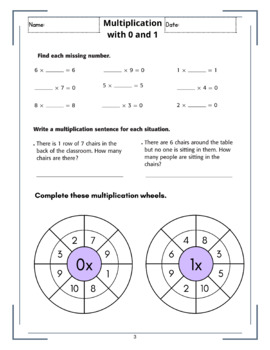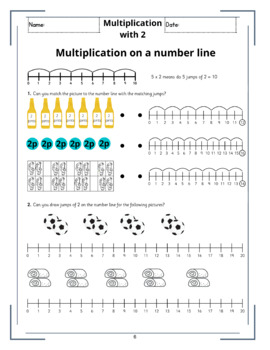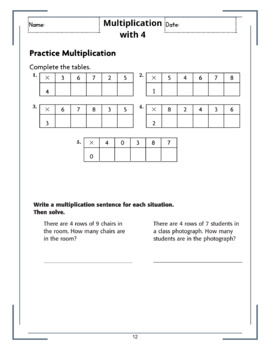Multiplication Workshets: Concept of Multiplication and Practice each number
PI MATH publishing
3 Followers
Grade Levels
3rd - 4th
Subjects
Resource Type
Standards
CCSS3.OA.A.1
CCSS3.OA.A.2
CCSS4.OA.A.1
CCSS4.OA.A.2
Formats Included
- PDF
Pages
38 pages
PI MATH publishing
3 Followers
Description
This workBook is a fun and easy way to learn and Practice Multiplication concepts for kids Ages 8-12.
BOOK FEATURES:
The concepts and methods used in this book will engage your children and make learning fun for them.
your child will also develop math confidence using one of the best workbooks.
It will give students the targeted, skill-building practice they need.
Easy-to-follow directions and fun exercises motivate students to work on their own.
Answer key is included in the back of this book.
Total Pages
38 pages
Answer Key
Included
Teaching Duration
2 Weeks
Report this resource to TPT
Reported resources will be reviewed by our team. Report this resource to let us know if this resource violates TPT’s content guidelines.
Standards
to see state-specific standards (only available in the US).
CCSS3.OA.A.1
Interpret products of whole numbers, e.g., interpret 5 × 7 as the total number of objects in 5 groups of 7 objects each. For example, describe a context in which a total number of objects can be expressed as 5 × 7.
CCSS3.OA.A.2
Interpret whole-number quotients of whole numbers, e.g., interpret 56 ÷ 8 as the number of objects in each share when 56 objects are partitioned equally into 8 shares, or as a number of shares when 56 objects are partitioned into equal shares of 8 objects each. For example, describe a context in which a number of shares or a number of groups can be expressed as 56 ÷ 8.
CCSS4.OA.A.1
Interpret a multiplication equation as a comparison, e.g., interpret 35 = 5 × 7 as a statement that 35 is 5 times as many as 7 and 7 times as many as 5. Represent verbal statements of multiplicative comparisons as multiplication equations.
CCSS4.OA.A.2
Multiply or divide to solve word problems involving multiplicative comparison, e.g., by using drawings and equations with a symbol for the unknown number to represent the problem, distinguishing multiplicative comparison from additive comparison.





